I discuss SAS Expanders a lot on this site, primarily dealing with the HP SAS Expander. One option that came out in the December 2010 High-end and Mid-Range Buyer’s guides was purchasing a chassis with a redundant PSU and a built-in SAS expander. Today we will be looking at one of Supermicro’s SC216 series chassis, the SC216E1-R900LPB.
The SC216 series is a 2U chassis that features 1+1 redundant PSUs either in 900w (will be shown in the one I purchased below) or 1200w gold certified capacities. This difference is shown by R900 or R1200 in the model number. Further, one can order a SC216 with either seven low profile expansion slots, or four full height, three half height expansion slots (LPB and UB respectively). One other option is that one can order the SC216 with either no-SAS expander, with a single SAS expander, or with two SAS expanders (SC216A, SC216E1, SC216E2 respectively). Needless to say, there are a lot of choices here. For this review I purchased the SC216E1-R900LPB so a SC216 chassis with a single 3.0gbps SAS expander, 900w redundant PSU, and seven low profile expansion slots.
Features
Probably the defining feature of the SC216 chassis line is the front row of 24x 2.5″ SAS or SATA hot-swap bays. Drives install into the caddies by screwing in the sides of the drive. Drives then insert into a single PCB backplane that has the SATA and power connectors for all twenty four drives. It is possible to purchase this chassis and install only one SFF-8087 cable and have all twenty-four hot swap drives online and accessible. Unlike some of the 2.5″ enclosures I have used, the SC216 allows sufficient airflow for 15K rpm SAS drives to be cooled.

One great feature of Supermicro cases are the hot-swap fans. Supermicro uses caddies for fans that can be released by depressing a small lever prior to pulling them out. From an ease of maintenance standpoint, this is a great feature because using a screwdriver to replace fans in a rackmount enclosure can be difficult post installation. On the subject of fans, there are a total of five fans, three 80mm fans spinning at 6300rpm and two small fans cooling the redundant 900w PSUs. The three hot-swap mid partition fans (FAN-0094L4 parts) are rated for 51dBA, 90.3CFM, and 15.6w, each! Needless to say, this enclosure is fairly loud and you want this tucked in a server room or somewhere else outside of earshot. Of course, with this class of chassis, this is nothing out of the ordinary and trading noise for airflow is generally seen as a positive trade-off. The fans push air through a special clear channel to up to two CPUs and with the clear channel one can use passive 2U heatsinks.
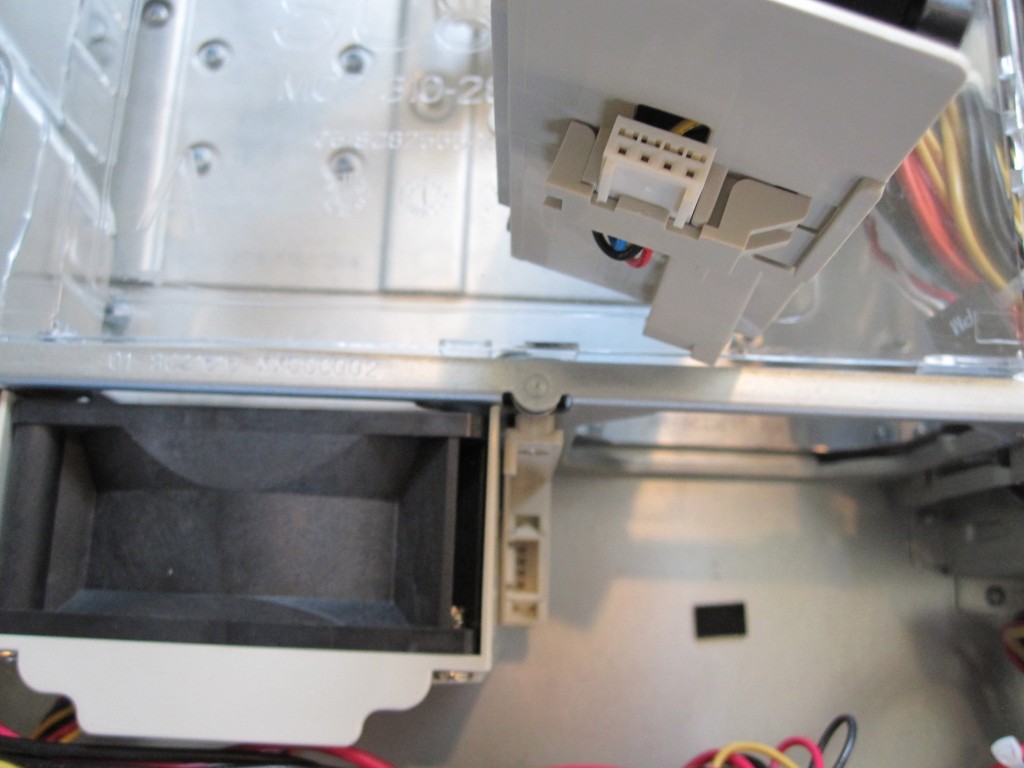
The redundant PSU has dual 900w (PWS-902-1R) units which sit inside the 2U redundant PSU carrier. These two units are very easy to replace with screw-less removal and insertion. They provide enough power for dual eight-pin CPU power connectors for installations with dual CPUs plus 24 drives. The power supply makes up a substantial portion of the chassis’ cost as each of the 1U power supplies costs approximately $180.

With the onboard SAS expander powered by molex power instead of a PCIe slot, one can use the Supermicro Power Control Card (CSE-PTJBOD-CB1) to power the enclosure with no motherboard in order to run it as a JBOD enclosure. Given, this is an interesting chassis as it allows a user to cram 24x 2.5″ drives in a very small 2U form factor, but I think redundant 900w PSUs are a bit too much for 24x 2.5″ drives, even 15K SAS variants in JBOD configurations. I am actually using this chassis as a holding ground for 2.5″ SSDs for L2ARC purposes so I could see how one would think to use this as a JBOD chassis. Supermicro recommends its LSI 1068E based controllers to connect to the expander, which leads to a lot of compatible controllers to use with the chassis and expander. For more bandwidth, one may look to the dual expander E2 variant.
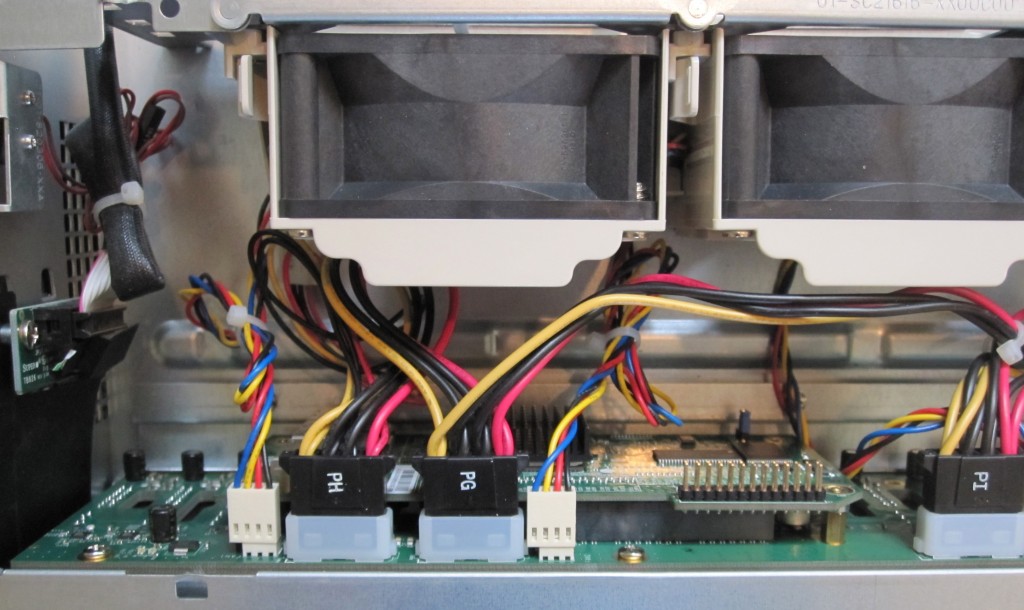
The SC216’s build quality is great, especially when compared to a lot of less expensive alternatives. The chassis is fairly sturdy for a 2U design without too much flex when installed on the rack mount rails. One nice feature is that the cabling has pre-defined routing which is made possible, in large part, because the PSU is included with the chassis. Little touches, like the clear airflow tray, hot-swap fans, easy drive removal and etc. do help to make the chassis quickly serviceable.
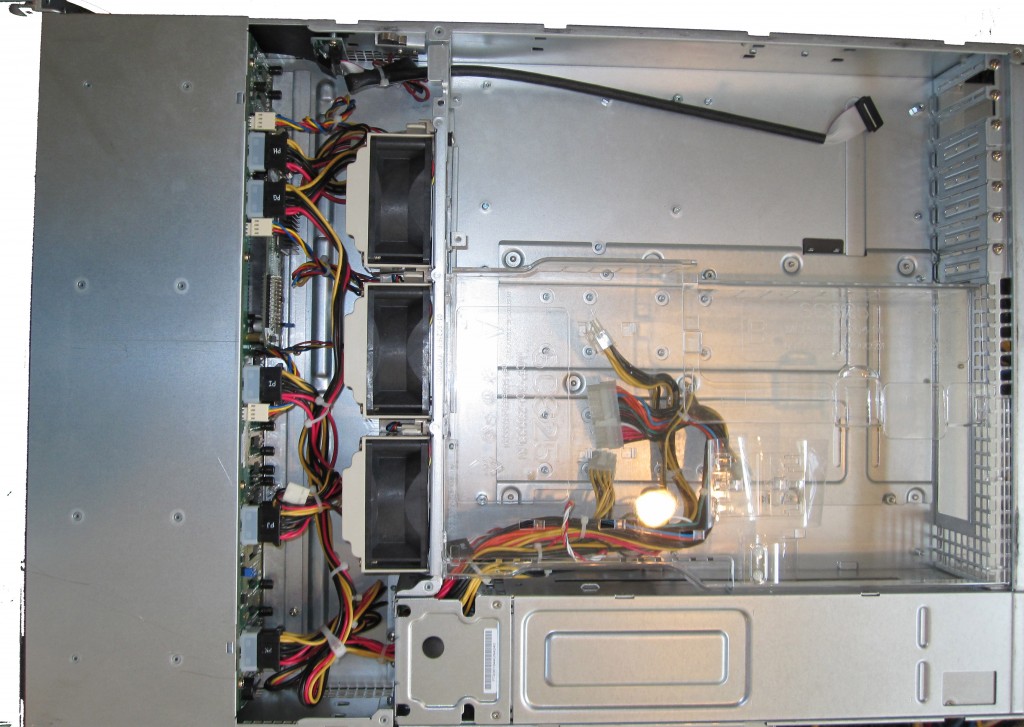
Conclusion
At the end of the day, there are many less expensive chassis, SAS expander, and power supply options available. However, there are merits to purchasing them all-in-one package because the level of integration and serviceability one achieves with purchasing a single unit. One, hopefully forthcoming, update that would be welcome is a SAS 6.0gbps based expander being included in the package. Also, some users may want to get an expander-less chassis versions to provide higher I/O performance and reduce complexity with the SAS expander(s) that one can get integrated into the SC216 line. Overall, the SC216 line provides a lot of flexibility when one wants to make a high-performance 2.5″ disk based machine. I could see this chassis loaded with 6.0gbps SAS/ SATA controllers, dual processors, lots of ram, and SSDs to make one IOP powerhouse of a storage system.

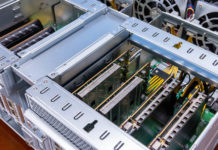

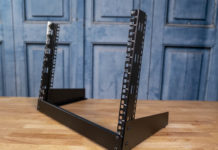
Makes sense. One package = less choice + more integration
Keep up the good work